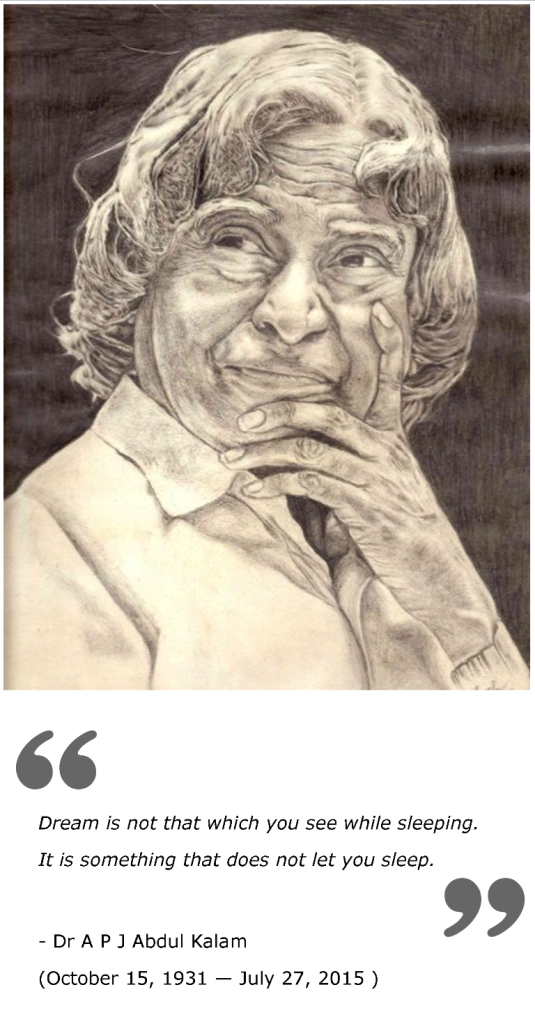Special
Some unique villages in India that inspire us
With over 60 percent of India’s population still living in villages, it is not an overstatement to say that the soul of India lives in its villages. Villages are peaceful, calm, green, and away from the hustle of city lives. However, Indian villages are also often plagued with lack of education, healthcare, sanitation, and regressive beliefs. There are however, several villages in India, which go beyond the stereotype, and define a league of their own. Here is a list of few unique villages in India which inspire us all –
The HLA Revolution : Getting together to make a difference
Experience at a blood donation camp
Health Ministry permits transfer of blood between Blood Banks
Importance of the blood donor questionnaire form
When a 4 month old girl was detected with Thalassemia
Celebrating Nature - The three Bihus
Bihu is a set of festivals of Assam and celebrated by the Assamese diaspora around the world. Bihu is celebrated thrice every year - in the months of Bohaag (Baisakh, the middle of April), Maagh (the middle of January), and Kaati (Kartik, the middle of October). The Bihus have been celebrated in Assam since ancient times. Each Bihu coincides with a distinctive phase in the farming calendar. It is one of the festivals of India which focuses on nature worshiping and not idol worshiping. The word Bihu is derived from the language of the Dimasa people. Bi means "to ask" and Shu means "peace".
Emergency Wing Team Report - 2014-15
The Helpline Situation
The helpline is believed to be critical to Sankalp’s progress as an organisation.How some people make a difference
Spiti valley - a world within a world
Rudyard Kipling had described Spiti valley as 'a world within a world' in his celebrated novel Kim. Over a century has passed, but not much has changed in this world, as it continues to remain relatively unknown, hidden between multiple folds of valleys and mountains, a world within another world. The name 'Spiti' means 'The Middle Land', i.e. the land between Tibet and India. Bordered by Ladakh in the north, Tibet to the east, Kinnaur to the south east, and the Kullu Valley to the south, this peculiar cold desert spans an area of almost 8000 sq km.

